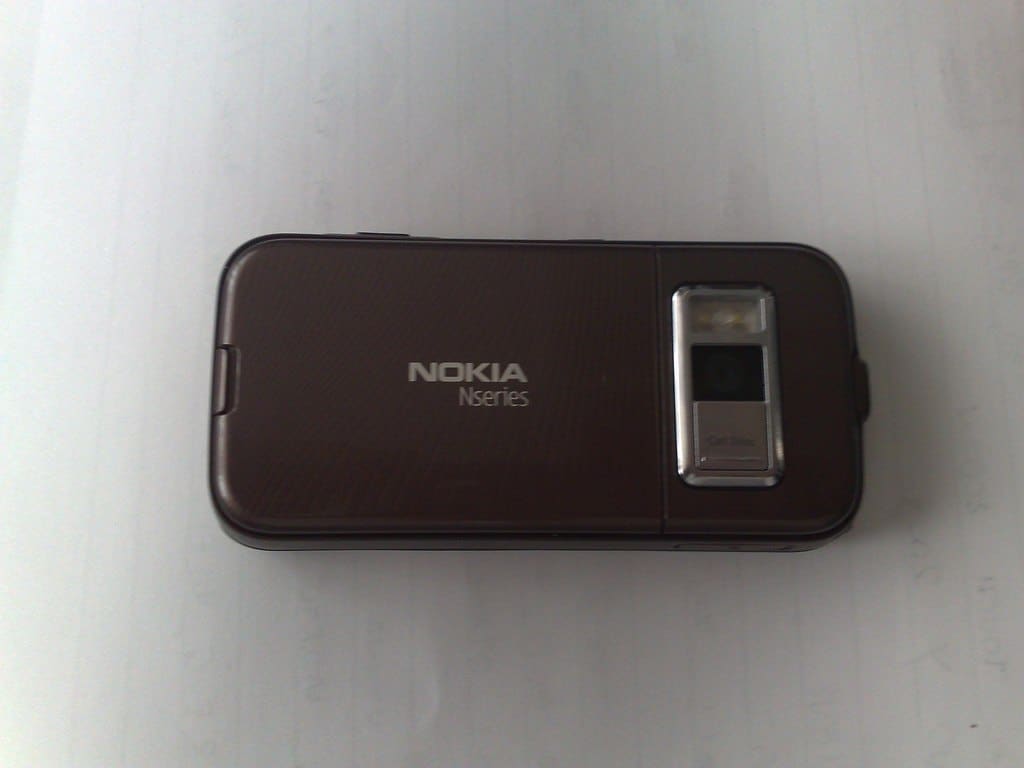There’s been a lot of fuzz around ARM processors, ever since Apple decided to abandon the traditional x86-64 PC architecture in favor of it. In this article, we are going to explain what the ARM architecture consists of, how it works, and how it differs from the common PC architecture.
All computers, tablets, laptops, smartphones, etc. use a processor, which is where most of the actual computing work is done. The processor receives instructions, executes them, and then delivers an output, and as the technology has progressed, manufacturers have moved towards a multi-core processor technology.
Typically, computers use Intel or AMD processors. These CPUs are designed to deliver optimal desktop performance because they have a reliable and powerful power source, with dedicated graphics processors and a dedicated cooling system. However, mobile designs require different considerations: to remain “mobile”, batteries and power sources must be smaller, there is no room for cooling systems, etc., so processor designs must be, by force, different.
Until now, ARM architecture processors were basically limited to mobile devices and Smart TVs, since they were low-power processors with a fairly limited power that did not need a cooling system, so they were ideal for these devices. However, things have changed and their use is becoming more and more widespread, which is why it is important to know how they work.
What is ARM architecture?
To overcome these challenges that we talked about, manufacturers chose to replace the desktop CPU architecture with something more suitable for mobile computing. ARM processors are the ideal choice, as they use a simplified processing method that consumes less power. This is represented in the same name ARM, which stands for”Advanced RISC Machine”, where RISC stands for “Reduced Instruction Set Computer”.
Confusingly, RISC is not a technology in itself but a design ideology. ARM processors are designed to be as efficient as possible, accepting only instructions that can be achieved in a single memory cycle. The common process for processors is to find, decode, and execute instructions, and since RISC units are 32-bit limits the number of instructions that can be processed in this fetch-decode-execute function.
Without going any further, any current PC processor uses 64-bit architecture, and this makes there much more processing power for the operating system since more complex and longer instructions can be executed, thus improving the user experience.
How do ARM processors work?
Now that we have explained the basics, we must see how this type of processor works. It may sound as if RISC processors and therefore ARM drives are a step backward. RISC, for example, was originally developed in the 1980s, but had almost no impact on the market until the advent of mobile devices, promoted of course by ARM Holdings, the company behind this architecture and which developed a compressed instruction format.
Even though only one set of instructions is processed per memory cycle, instructions can now be much longer and more complex than in traditional RISC devices, and while they’re still limited compared to their desktop x86-64 counterparts, they’re not too far away (and a smartphone isn’t expected to have the performance of a PC either. of course).
RISC’s initial designs used 32-bit architecture, but since 2011 64-bit instructions have also been included in their designs. This would have been unattainable with RISC alone and has been possible due to the instruction set architecture the company uses in processors. The technical design of these processors, in fact, has also made it possible to simplify manufacturing and physical design.
The reduced complexity of RISC drives means they require fewer transistors on the chip to do the same. In general, more transistors means higher power requirements and higher manufacturing cost and therefore translates into a higher cost. For this reason, ARM processors are generally much cheaper than traditional desktop processors.
Use of ARM processors
As ARM processors combine high-performance RISC designs, lower manufacturing costs and lower power consumption are ideal for portable devices, such as smartphones and even laptops. However, discussing ARM processors as a collective can become challenging as ARM Holdings does not manufacture the processors itself, but rather designs the technology and develops the standard and then licenses it to other manufacturers. This is why there are so many variants of this type of processor.
Hardware manufacturers, therefore, pay royalties to the company that designs the core technology, but then they can of course tailor it to their needs, software requirements, and hardware designs. As a result, there are hundreds of products that have ARM architecture, but to further complicate things we must bear in mind that the software must be designed specifically for this hardware and, therefore, is neither compatible nor interoperable with other architectures. The operational differences between ARM processors is one of the main reasons why a smartphone is always slower than a desktop PC.
Among others, now Apple wants to change this concept and has decided to change architecture for its next Mac computers, starting a program to make things easier for developers in terms of being able to adapt their applications to this architecture. They want, with this, to demonstrate that a computer equipped with an ARM processor has nothing to envy in terms of performance to a desktop PC, but as we have explained they will always have that limitation that we have talked about before: they can only execute one instruction per memory cycle.
Use of ARM processors beyond just CPUs
Another market in which ARM processors have a place is that of microcontrollers, which are processors that include RAM on the same chip and are used to control household appliances among other things. Microcontrollers are also used for certain functions in processors such as the chain of trust of software that runs on computers and of course almost any smart device you can imagine.
Therefore, potentially processors with ARM architecture can be used everywhere and not only as a computer CPU, and in fact, really this niche market is the smallest to date and that Apple has begun to use it in its computers.


